Network management software
Rene Millman delves into the world of network management software and discovers that you can teach an old dog new tricks
More than just a handy suite of tools to help harassed systems administrators get to grips with managing thousands of desktops and servers, Microsoft's System Management Server 2003 has evolved into a product that can test endpoints on the infrastructure for vulnerabilities and offer remediation as well as offering the more standard Network Management utilities.
As you would expect from a Microsoft product, it is fully integrated with Active Directory and uses SQL Server as its back-end database. But the installation process is not something to be undertaken lightly and you need to put a fair amount of effort into the planning the installation before setting out. You need to set your site server as the default Management Point, for instance, as without it you won't be able to communicate with the Advanced Clients installed on your desktop machines. And if you simply choose the default 'Express' installation, it doesn't do this for you.
Once the Advanced Client software has been installed on all of your desktop machines, however, the strengths of the product shine through. It's desktop management features are particularly strong, for instance. From the console you can immediately see inventories of hardware and software on the network, and in not inconsiderable detail. It also offers software distribution and remote control of desktops throughout the network.
The product takes advantage of BITS (Background Intelligent Transfer Service), the service used by Windows Update, to both patch PCs against the latest threats. This takes advantage of leftover or unused bandwidth to install patches and other software across the network without affecting the overall speed of the network. On our test network it was true to its word and didn't appear to affect performance unduly.
And, as you would expect of Microsoft's new found enthusiasm for security, the product now uses the Microsoft Baseline Security Inventory Analyzer as well as the Office Update inventory tool to make sure machines are up to date with patches.
When we tested the product's ability to find out exactly what was on our test network, it did a reasonable job of collecting data, correctly identifying the hardware and software we had on our systems. We found a good level of detail, with the software cataloguing just about every program file across the network.
It works with SQL Server, so anyone who has knowledge of queries can interrogate the database to find out who has what version of Office or Internet Explorer. But you can also generate reports using the report viewer, which can be accessed using a web browser.
Get the ITPro daily newsletter
Sign up today and you will receive a free copy of our Future Focus 2025 report - the leading guidance on AI, cybersecurity and other IT challenges as per 700+ senior executives
Creating packages for installation to remote desktops is very easy to do, if that product is another Microsoft product. But as is the way with so many Microsoft products it becomes much more of a challenge when you start to factor in non-Microsoft applications. If you really need to do this, you'll have to rely on a third party install such as InstallShield's Wise - which not ideal.
That said, Management Server 2003 is a quality product that effortlessly combines desktop and security patch management. If you're a large enterprise happy to stick with the Microsoft way of doing things it should definitely be on your shortlist.
Verdict
Fine for large enterprises who are happy to stick to with the Microsoft way, but it isn't the most flexible of solutions
Rene Millman is a freelance writer and broadcaster who covers cybersecurity, AI, IoT, and the cloud. He also works as a contributing analyst at GigaOm and has previously worked as an analyst for Gartner covering the infrastructure market. He has made numerous television appearances to give his views and expertise on technology trends and companies that affect and shape our lives. You can follow Rene Millman on Twitter.
-
 Asus ZenScreen Fold OLED MQ17QH review
Asus ZenScreen Fold OLED MQ17QH reviewReviews A stunning foldable 17.3in OLED display – but it's too expensive to be anything more than a thrilling tech demo
By Sasha Muller
-
 How the UK MoJ achieved secure networks for prisons and offices with Palo Alto Networks
How the UK MoJ achieved secure networks for prisons and offices with Palo Alto NetworksCase study Adopting zero trust is a necessity when your own users are trying to launch cyber attacks
By Rory Bathgate
-
 BT to slash 55k jobs by 2030 in “brutal” cost-saving plan
BT to slash 55k jobs by 2030 in “brutal” cost-saving planNews The telco aims to become more lightweight through layoffs and digitization
By Rory Bathgate
-
 IDC: The business value of IBM Maximo
IDC: The business value of IBM MaximoWhitepaper Integral to the transformation of asset management
By ITPro
-
 Rogers Communication to invest C$10 billion in AI, oversight following outage
Rogers Communication to invest C$10 billion in AI, oversight following outageNews Canadian telco giant has promised internal transformation after a network-wide blackout caused major disruption in Canada earlier this month
By Rory Bathgate
-
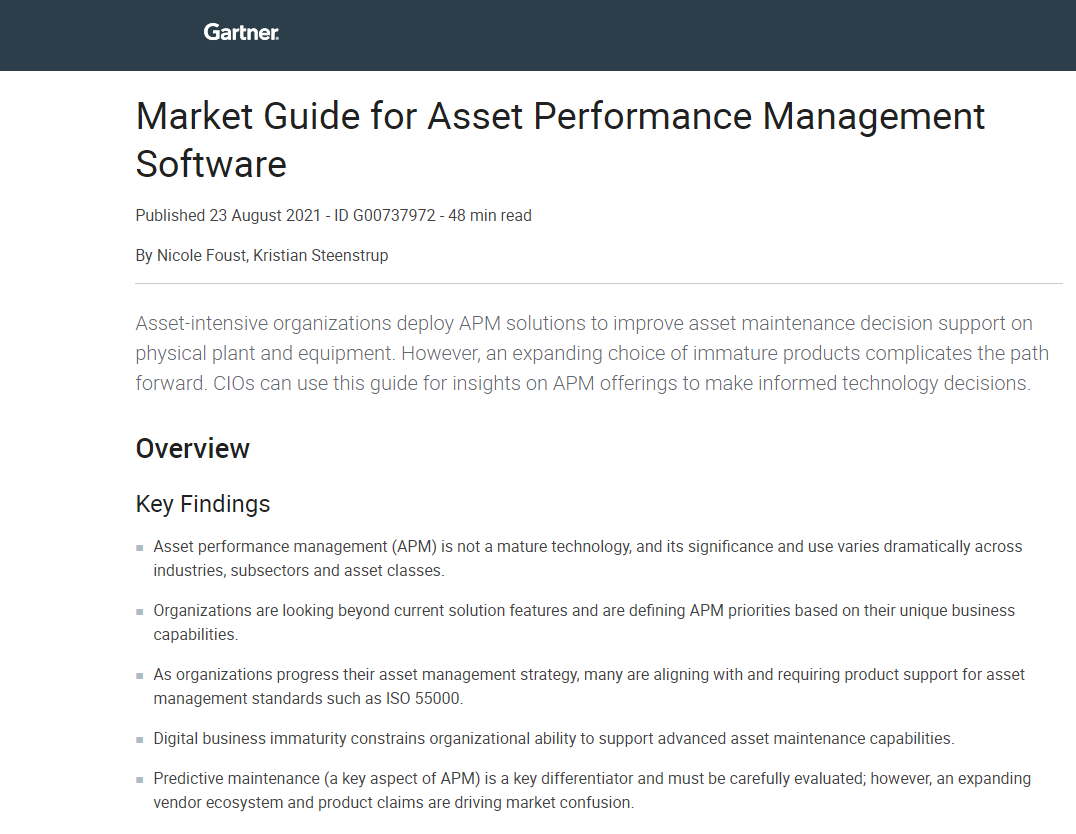 How to choose APM software for your business
How to choose APM software for your businessWhitepaper A market guide to Asset Management Performance software
By ITPro
-
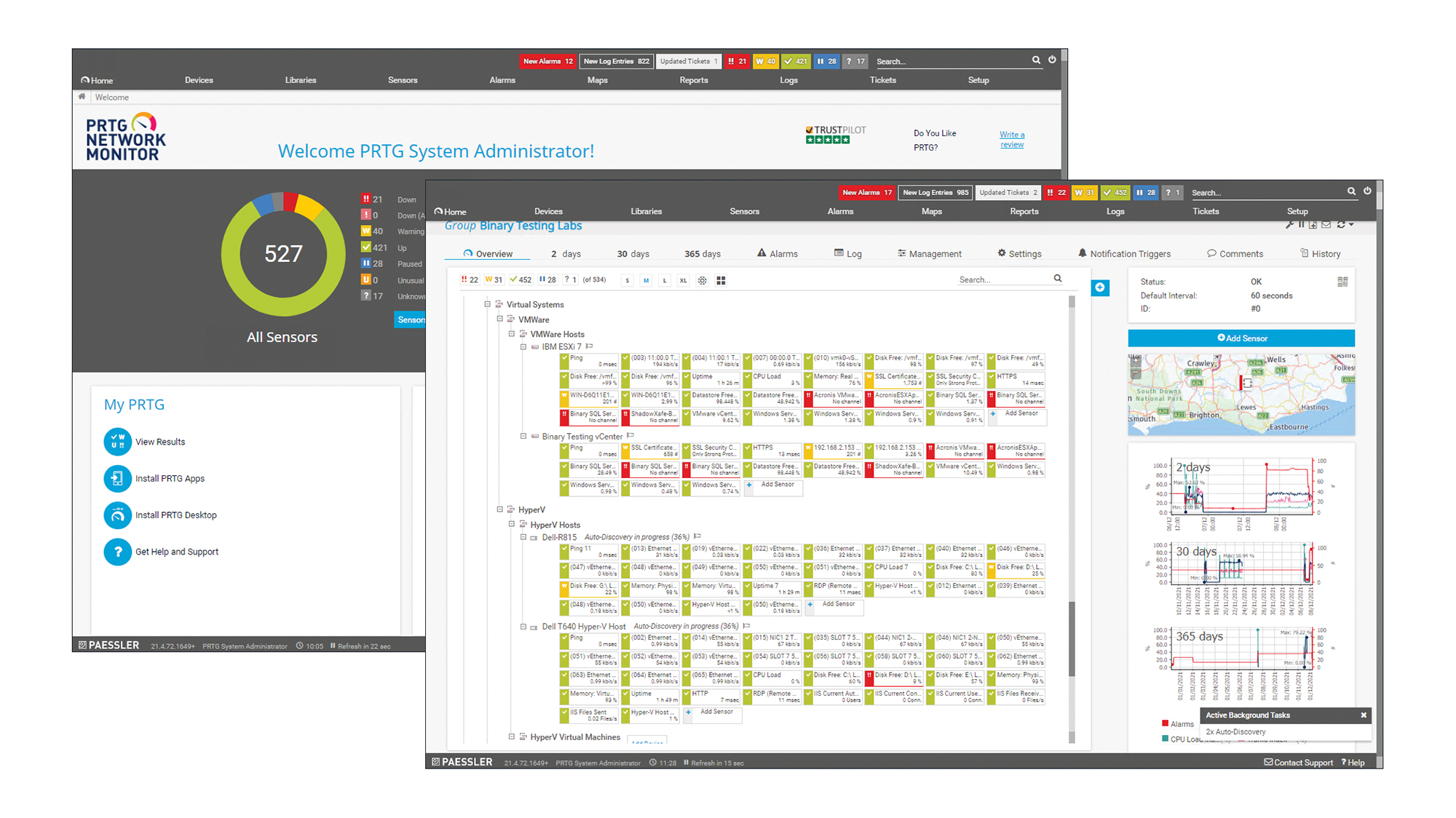
 Paessler PRTG Network Monitor 21.4 review: Hard to beat
Paessler PRTG Network Monitor 21.4 review: Hard to beatReviews This affordable and versatile monitoring solution suits all types of networks with a sensor for every occasion
By Dave Mitchell
-
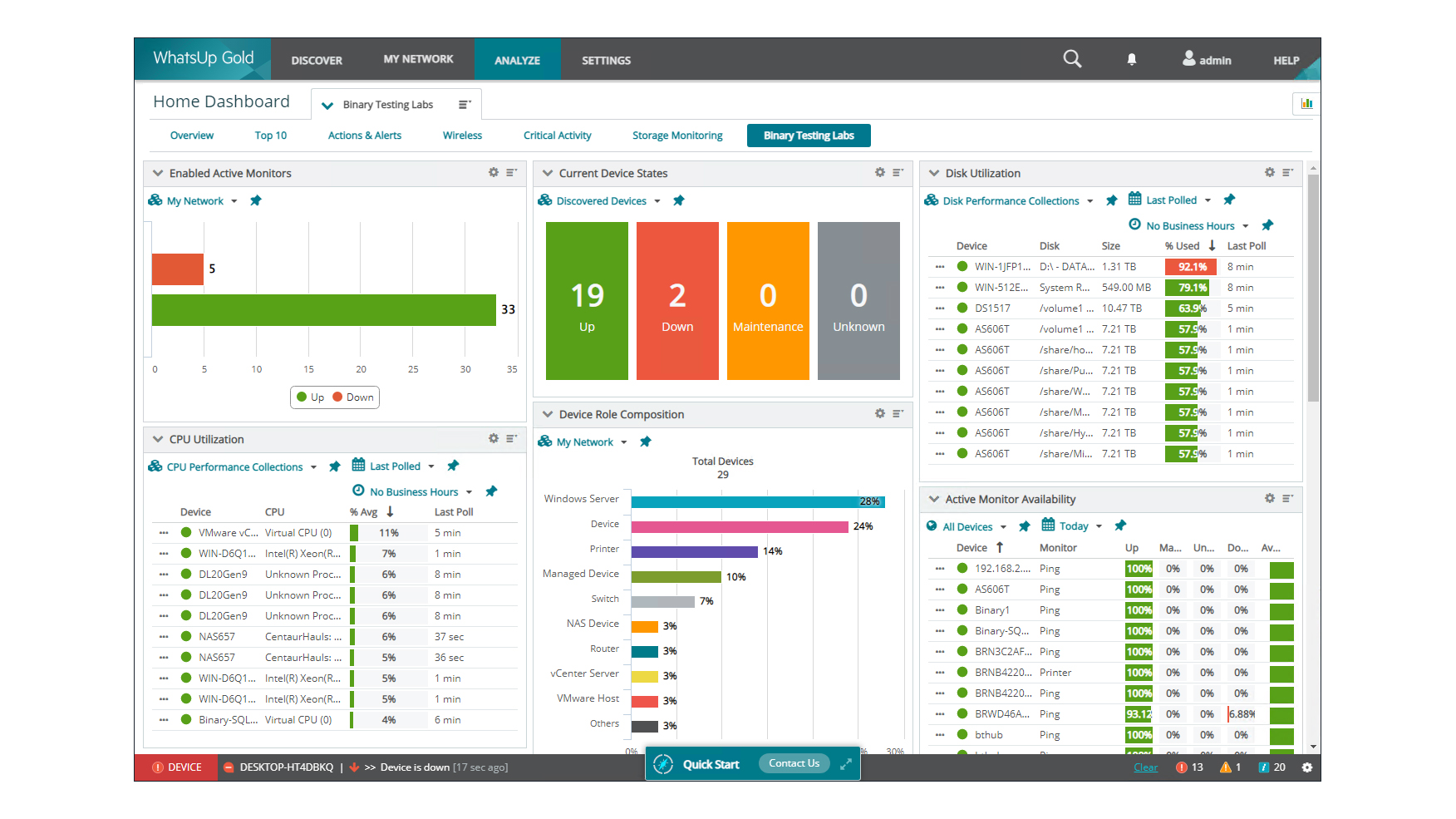
 Progress Software WhatsUp Gold 2021.1 review: More powerful than ever
Progress Software WhatsUp Gold 2021.1 review: More powerful than everReviews Add-ons increase the price, but WhatsUp Gold is easy to use and provides a superb range of monitoring tools
By Dave Stevenson
-
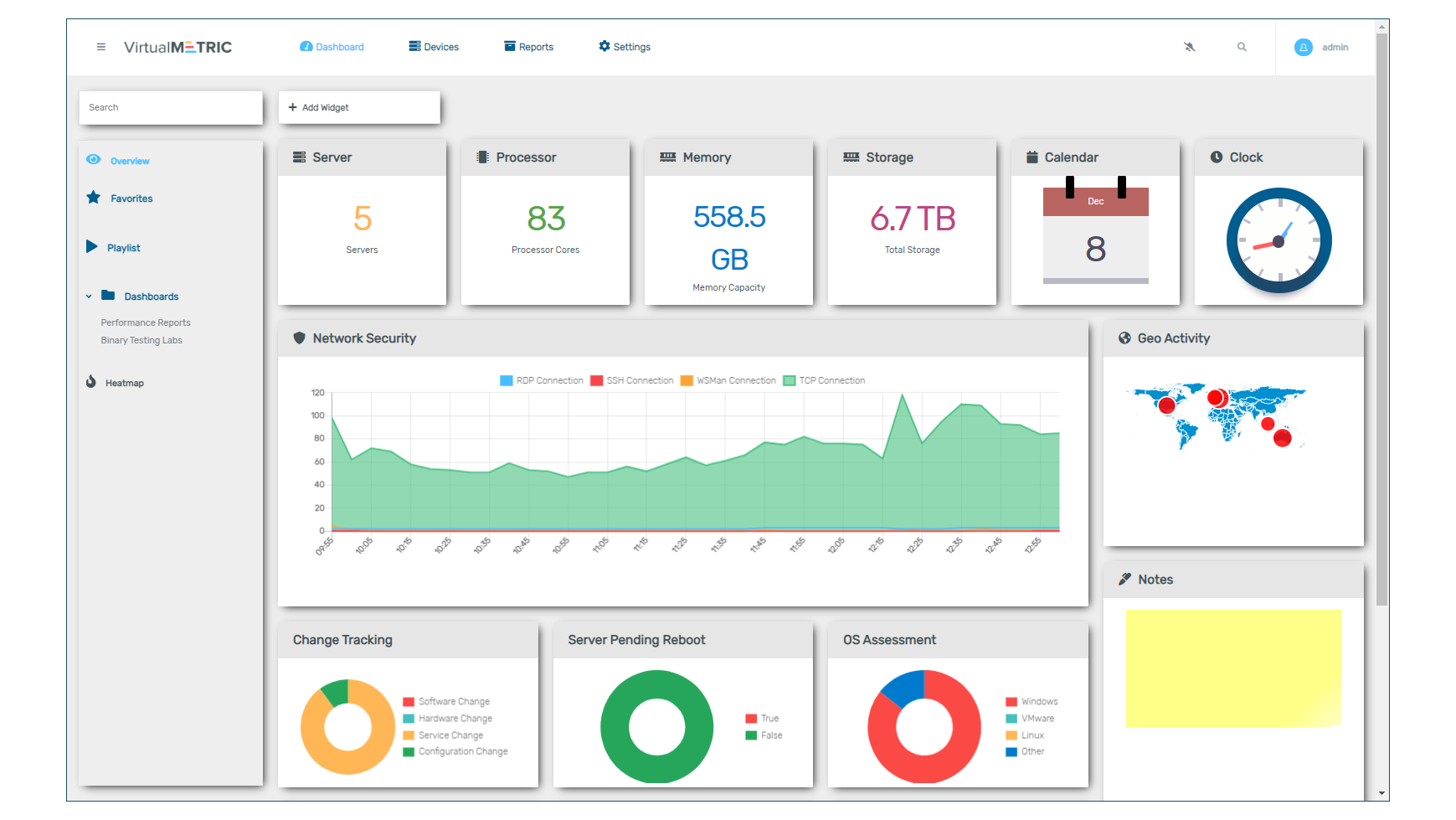 VirtualMetric review: Let down by poor support
VirtualMetric review: Let down by poor supportReviews This server-focused solution exposes a remarkable amount of information, but its flaws are hard to overlook
By Dave Mitchell
-
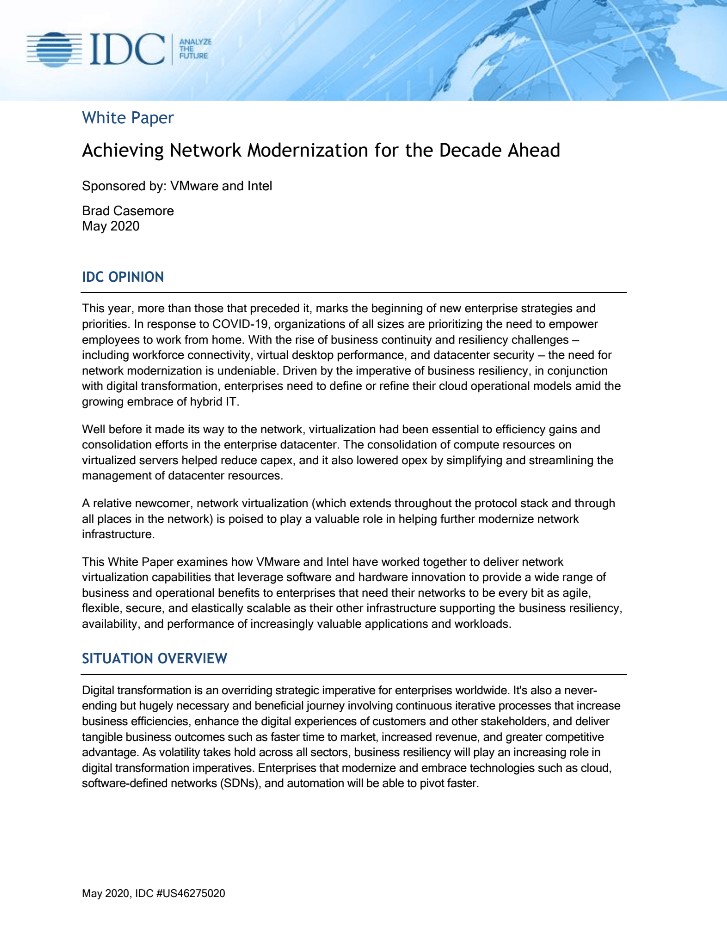 Achieving network modernisation for the decade ahead
Achieving network modernisation for the decade aheadWhitepaper An IDC whitepaper
By ITPro

